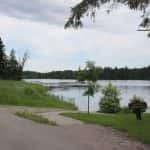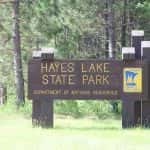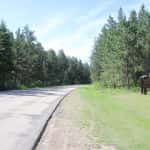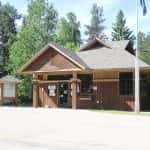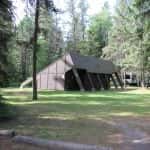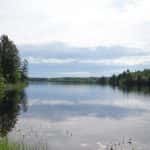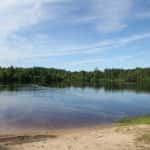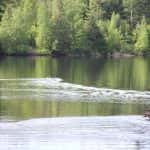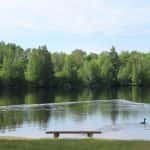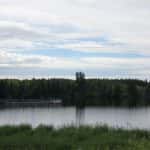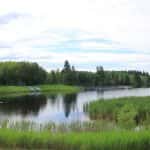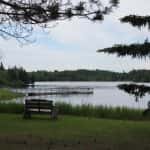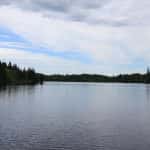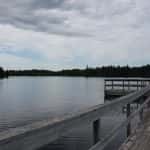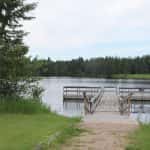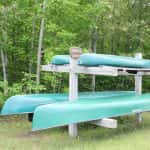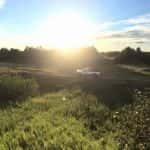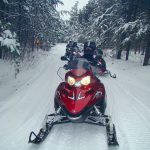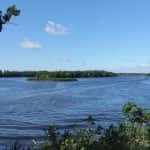STATE
PARKS
An array of state parks are located in and surround Roseau County. Hiking, camping, bird watching, blueberry picking, fishing, canoeing and more make for the perfect adventure for any outdoor enthusiast.
-
HAYES LAKE
Hayes Lake is fed by the north fork of the Roseau River, the lake supports crappie, sunfish, large mouth bass, and northern. Birdwatchers have spotted over 200 species in or near the park. The summer is perfect to look for orchids, gentians, and blueberries (you can pick the berries, but not the flowers). Visitors also enjoy swimming and canoeing in the lake, along with camping. Trails for hiking, skiing, snowmobiling, and horseback riding connect with the Beltrami Island State Forest.
-
BELTRAMI STATE FOREST
Beltrami State Forest -32.7 miles. Beltrami Island State Forest is the second largest of Minnesota’s 58 state forests. Five rivers—the Roseau, Warroad, Rapid, Winter Road, and Moose—have their headwaters here. • The forest is unique in that it contains six scientific and natural areas (SNAs). •The ridges are covered with pine and are surrounded by large areas of low flatlands and peat bogs. •Beltrami State Forest recreational opportunities include canoeing, camping, hunting, hiking, horseback riding, picnicking, and 138 miles of snowmobiling. information provided by MN DNR.
-
LAKE BRONSON
Lake Bronson is a fine example of a transition area between prairie and forest landscapes and supports a variety of wildlife from the prairie-dwelling upland sandpipers and sharptail grouse, to the spectacular American elk. Lake Bronson is one of the few sizeable bodies of water in the area and provides the visitor with an excellent swimming beach, good fishing, and enjoyable canoeing and boating. In winter, snowmobilers, skiers and snowshoers enjoy the park’s network of trails through varying vegetation and terrain. information provided by MN DNR.
-
LOST RIVER STATE PARK
The Lost River State Forest borders Manitoba, Canada, and is known as a good birdwatching location. Here you will have opportunities to view great gray owls as well as other birds, including spruce grouse; snowy, northern hawk, great gray, and northern saw-whet owls; whip-poor-wills; three-toed and black-backed woodpeckers; yellow-bellied flycatchers; common ravens; boreal chickadees; and magnolia warblers. • Best time to visit is March through December. • The best access into the state forest is the northernmost three miles of State Highway 310, just before reaching the Canadian border. Roads into the forested area are just off the highway and are mainly minimum maintenance roads and hiking and ditch-grade trails. Some roads may be difficult to travel in winter. Information provided by MN DNR.
-
ZIPPEL BAY STATE PARK
After visiting Zippel Bay, you’ll remember the sunsets and the miles of white sand beach. The park is located on Lake of the Woods, one of the world’s largest lakes. The mood of the lake is always changing, from approaching storms that bring three-foot-high crashing waves and lightning flashes to an eerie stillness, broken only by the faint calls of a thousand raucous gulls, out of sight in the lake’s interior. In summer, the 3,000-acre park offers a swimming beach and picnic area on the big lake, drive-in campsites and a group camp, a marina on Zippel Bay and a stone jetty providing protected access to Lake of the Woods. information provided by MN DNR.

